Understanding user experience and reporting on it has traditionally been the job of professional researchers. However, if you empower non-researchers within your organization to collect customer feedback, you’ll get access to expert insights without relying solely on experts.
Research by Aberdeen, an international marketing company, shows that companies with a data-driven customer success program achieve 93% greater annual improvement in customer retention rates and 94% greater annual improvement in their Net Promoter Score.
To stay ahead of your competition, consider democratizing customer research in your business. Read our guide to learn how to go about it and what benefits you can expect.

What is user research democratization?
Research democratization allows non-professional researchers to conduct user research, providing much wider and deeper insights than you’d obtain if you limited the process to trained UX researchers only.
This means you will gain multifaceted and nuanced perspectives on how customers interact with your product or service, allowing for a more thorough approach to its design.
By engaging the whole team in user research, you’ll be able to improve product development, marketing processes, and customer experience by focusing on what users need and want at every point across their journeys.
User research democratization can level the playing field if you’re a smaller organization by allowing you to gain unprecedented levels of market intelligence that would otherwise be limited to larger companies that can afford to hire professional UX researchers.
💡 YOU MAY BE INTERESTED IN: User research survey templates library
What are the benefits of democratizing user research?
Embracing user democratization means there will be plenty of benefits for you as a business in the form of enhanced user data and higher retention rates, as well as for your customers whose experience with your brand is likely to improve.
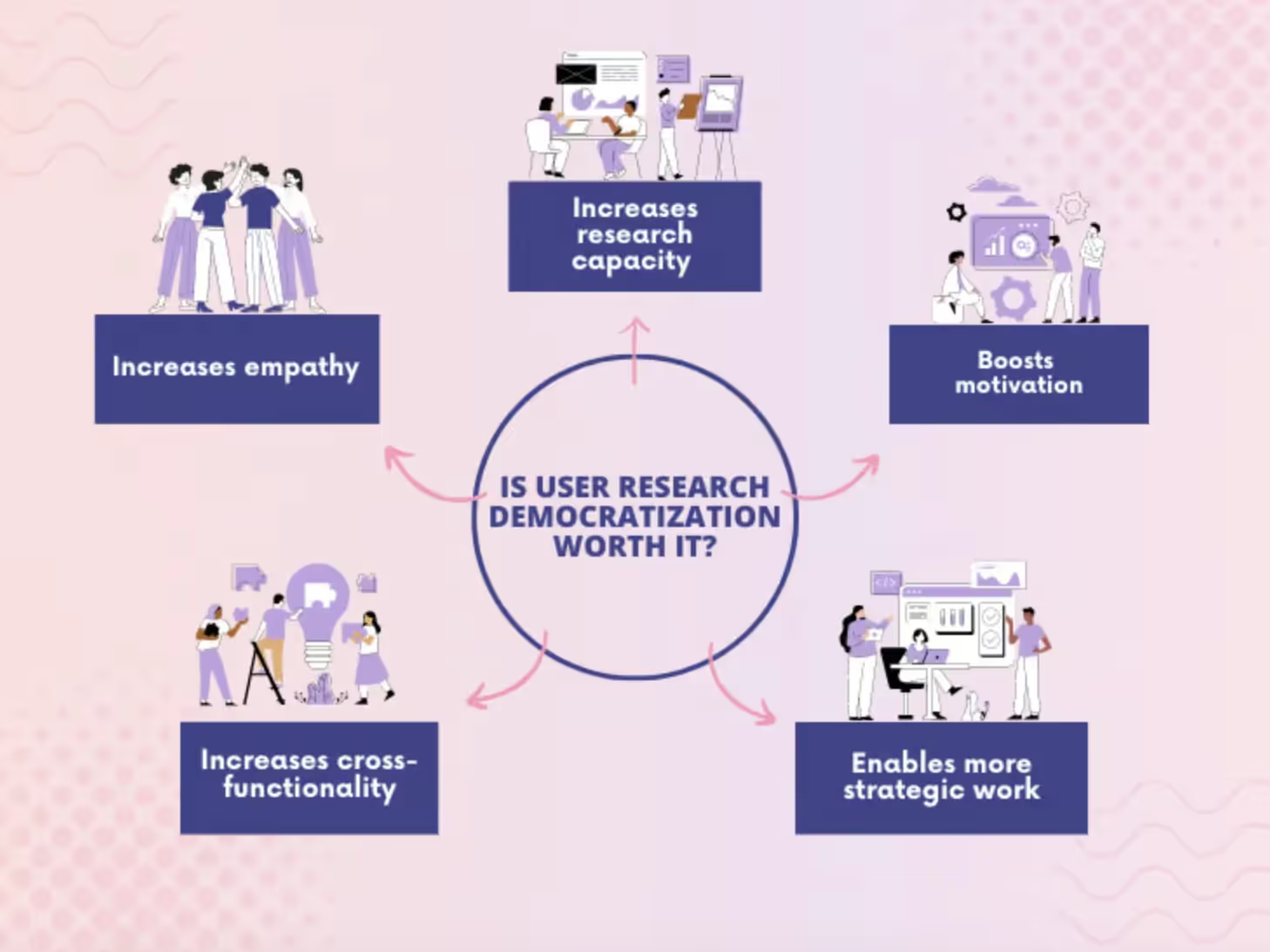
Enhanced customer insights
By democratizing research in your organization, you will involve a broader range of stakeholders in the research process than you would if you limited the process to professional researchers only. This can lead to a deeper understanding of customer needs, preferences, and pain points and offer insights that would otherwise not be available to you.
.avif)
Increased research volume
If you allow more people in your organization to carry out user research, you will inevitably end up with more data. And if you’re worried about whether you’re swapping quality for quantity, investing in training for all staff members who conduct research to ensure that everyone follows the same procedures when collecting data can offset your concerns.
More innovative solutions
Engaging more stakeholders can also bring fresh and diverse perspectives to the research process, leading to new ideas and innovative solutions that you might not have discovered through traditional methods.
As part of your research, you can send out this short survey to engage your customers by asking them to share their input and gain innovative ideas.
More informed decision-making
Democratizing user research can help you make better-informed decisions by providing more comprehensive and accurate insights into customer behavior, preferences, and expectations.
Improved customer experience
The more information you collect about your customers’ needs and preferences, the better your product or service will be, and the more customer-centric your business will become. By breaking down barriers to research, you will collect insights on any potential issues such as negative feedback early on, and speed up implementing fixes.
You can easily gather feedback on your product or service using this survey template:
Better team morale
Being able to talk to the users of your product or service helps your team members to build a closer relationship with them which can lead to higher overall motivation. Moreover, by encouraging your employees to gain skills to conduct and analyze user research, you will contribute to their professional development and help them feel more confident at work.
The easiest way to find out what skills your employees might need is to send out a survey.
Closer inter-team collaboration
Democratizing user research can encourage collaboration between different teams and departments within your organization, such as marketing, product development, and customer service, leading to a more cohesive and aligned approach to customer needs and preferences. This, in turn, is proven to speed up business growth, boost ROI, and increase employee retention.
How to democratize user research in your organization step by step
By following these steps, you can start democratizing user research in your business and ensure that everyone has a voice in the development process of your product or service.
Identify research needs
Identify areas that would benefit from additional research. You could, for instance, focus on gathering more data on how your users feel about a specific product feature or get an up-to-date picture of your overall customer satisfaction.
Decide what you will do with the data, who and how will analyze it, and how you will use the insights.
A good way to collect insights on your customers’ satisfaction is to run a simple CSAT survey, which you can do for free with Survicate:
Identify participants
Survey your employees to find out who is interested in participating in user research. Ask if they have any previous experience and whether they can find the time for the additional task. In case they’re already snowed under, is there anything they can deprioritize to take on more responsibilities?
If you’re just starting out, avoid assigning complex tasks that require advanced knowledge of user research practices to untrained colleagues. Leave those tasks for more seasoned researchers.
Encourage everyone to come forward, but take a closer look at what insights individual researchers can provide and how they fit within your strategy.
Assess your capacity to support the team
Since staff members might have varying levels of research experience, think of how you can help them with training and ongoing support.
Begin by offering basic training, focusing on activities that all researchers will perform and the skills they require, such as setting up interviews or recording sessions. You can also pair beginners with professional researchers to conduct mock sessions or take part in real interviews to help them get hands-on experience.
To find out what kind of support your colleagues need most, send them a survey. You can ask, for instance, about their previous research experience, their learning styles, and any expectations they might have with regard to their training.
Share the results
Share the results of customer research with the entire organization. They could take the form of Slack updates, presentations, or infographics. You could also use the automatic reports from Survicate’s dashboard which come with plenty of data on the results of your survey campaigns.
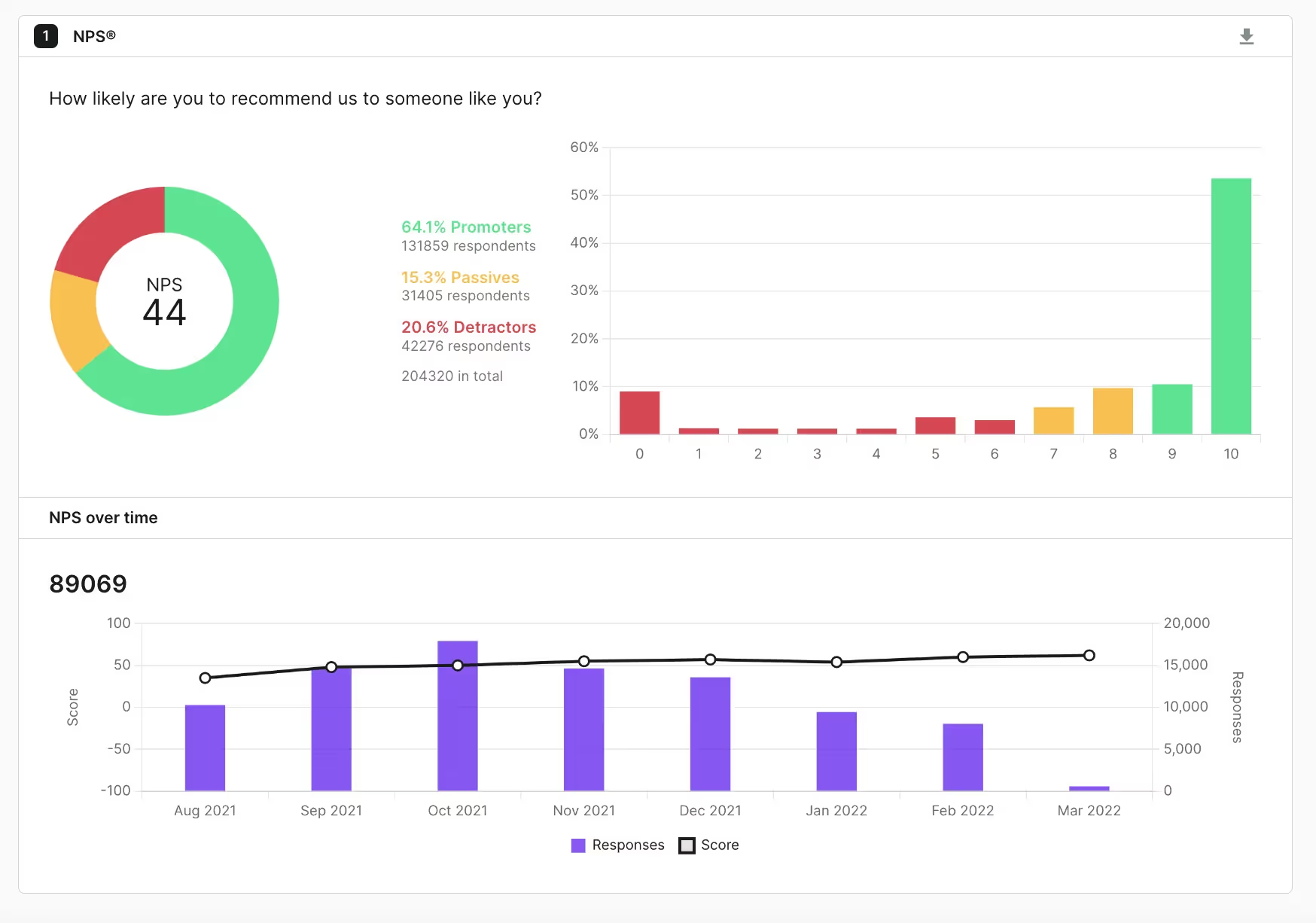
This will help everyone understand the insights gained from the research and how they can improve your product or service. It will also get everyone on the same page with regard to the importance of democratizing research and might encourage more colleagues to get involved.
Use collaborative tools
Use collaborative tools such as Slack, Notion, or Miro to help your colleagues participate in user research activities, such as brainstorming, affinity mapping, and persona creation.
When you’re ready to collect customer insights, Survicate is your best friend. It allows you to send surveys via a link, email, and text message or display them on the website, in a product, and in a mobile app. It also comes with a wide range of native integrations to connect seamlessly with your favorite third-party tools.
Incorporate research into processes
The data you get as part of your research democratization drive is only as good as how you use it.
Embed research into a variety of processes to ensure they are based on user needs rather than assumptions or opinions. This will help you become more customer-centric and improve your bottom line in the long term.
Challenges of user research democratization
Although democratizing user research comes with plenty of benefits, it requires a significant shift in your culture and practices, creating challenges that you need to be aware of before you embark on the process. With the right approach and support, you can create a culture of user research that benefits the entire organization.
Resistance to change
Some team members may resist the idea of allowing more people to conduct user research. They may feel that the established ways of working are being challenged or that user research is unnecessary. If they are professional researchers, they might also think that their skills and expertise are being undermined.
To convert the skeptics, you may need to explain the benefits of democratizing research and point out how it will benefit your company’s bottom line.
Undermining the value of professional research experience
Democratizing research doesn’t mean anyone without prior experience can jump straight into it. While it does open up the space to include more team members, you should provide at least basic training.
To avoid the Dunning-Kruger effect, whereby a person’s lack of knowledge and skills in a certain area causes them to overestimate their competence, pair beginner researchers with professionals.

Lowering research quality
Many team members may not understand the value of user research or might need help with specific aspects, for instance, the kinds of questions to ask. Engaging more people doesn’t automatically mean better results—unless you uphold professional standards, it simply means more data. You may need to educate people who conduct research on the importance of their role and provide training on research methods.
Time and resource constraints
Conducting user research can be time-consuming and resource-intensive. Some team members may feel that they do not have the time or resources to devote to research. You may need to find ways to streamline research processes and make research more efficient.
Analyzing the results
Analyzing user research data and communicating findings to the organization can be challenging. You may need to ensure that team members have the skills to analyze data effectively and communicate insights clearly and concisely.

How Survicate can help you democratize user research
Democratizing research in your organization can bring plenty of tangible benefits, but it also comes with many challenges.
If you’re about to embark on the process, you will need reliable tools to help you collect customer insights.
Here at Survicate, we’ve helped hundreds of companies gather feedback and conduct customer research through targeted surveys. Our tool comes with over 125 ready-to-use templates, but you can also create any survey you’d like from scratch. It allows you to connect natively with your favorite third-party tool, including HubSpot, Intercom, Slack, and Mailchimp, and easily analyze the results.
Your gateway to valuable customer feedback insights is here. Sign up for a 10-day free trial to start today!








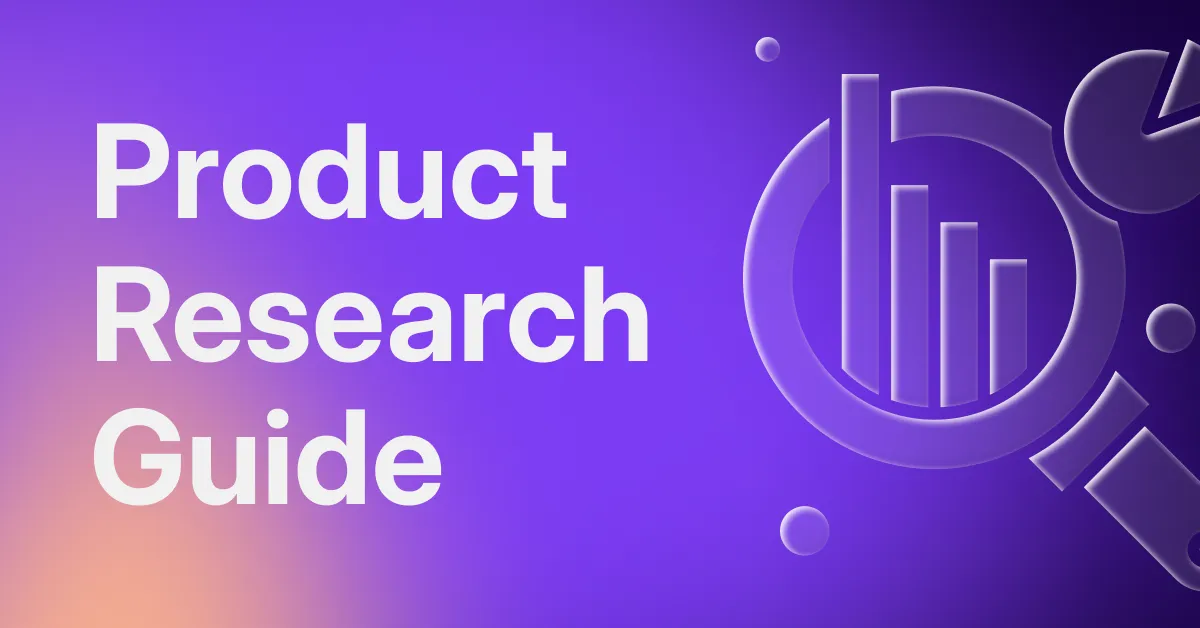


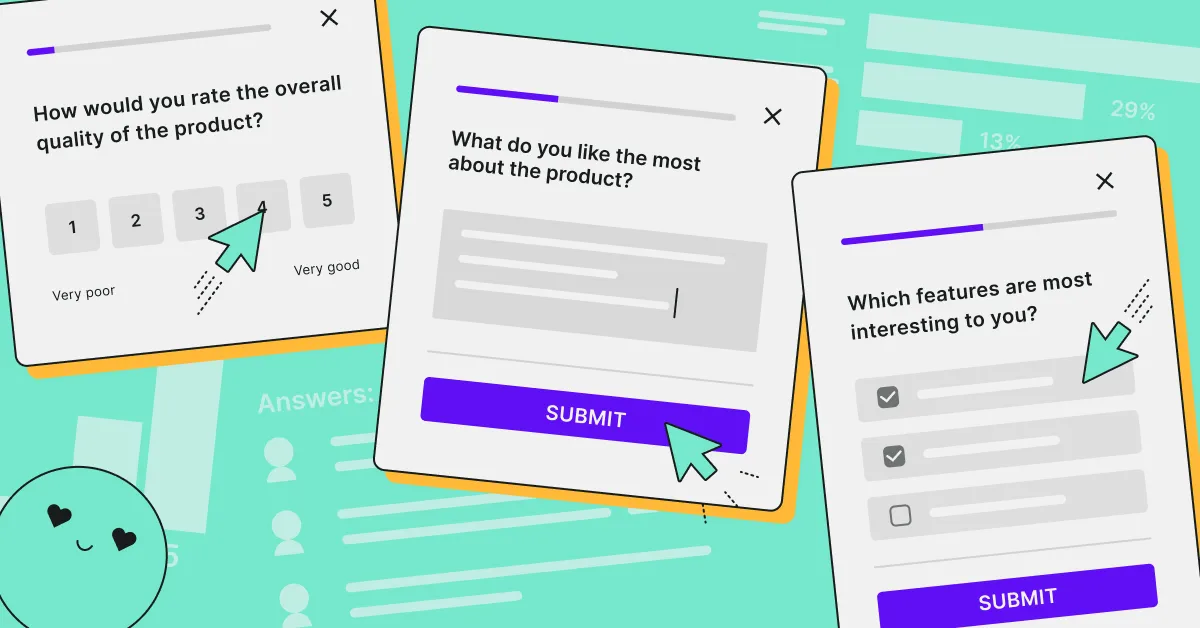
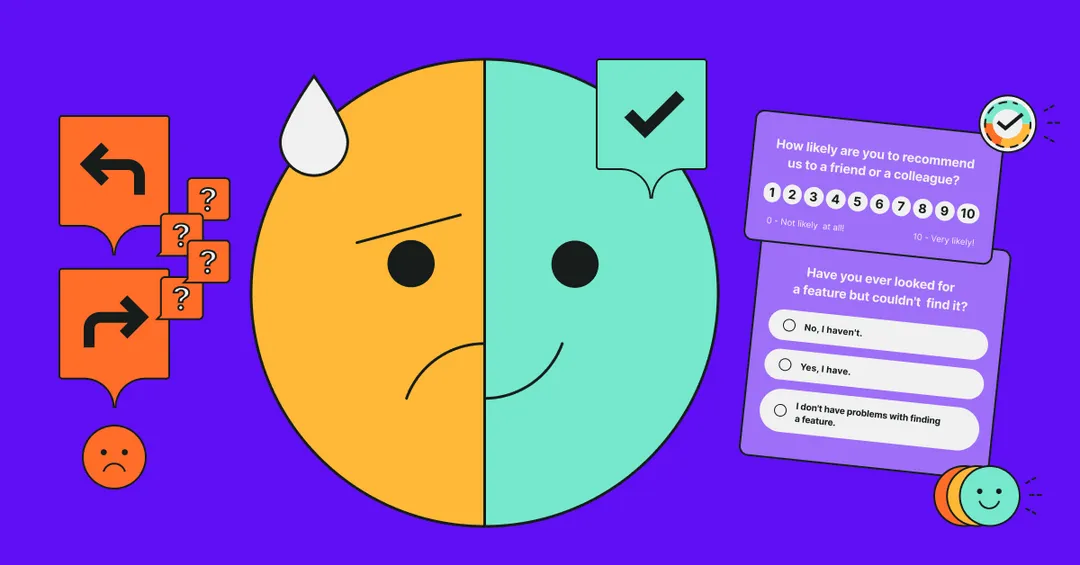
.webp)
.webp)
.svg)

.svg)



